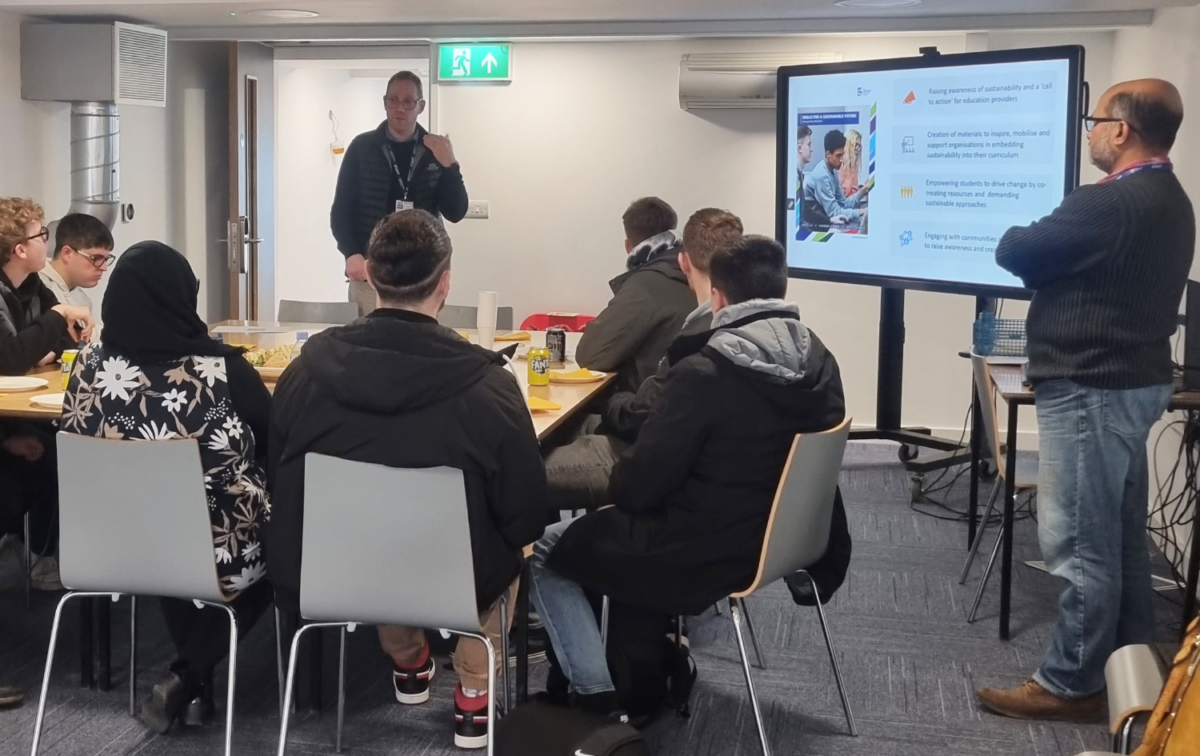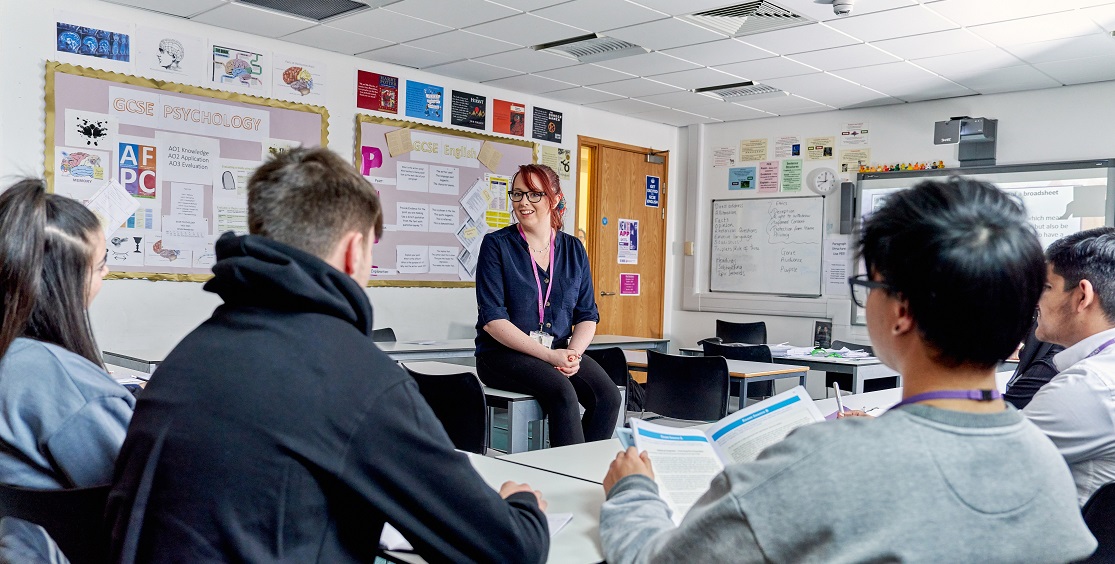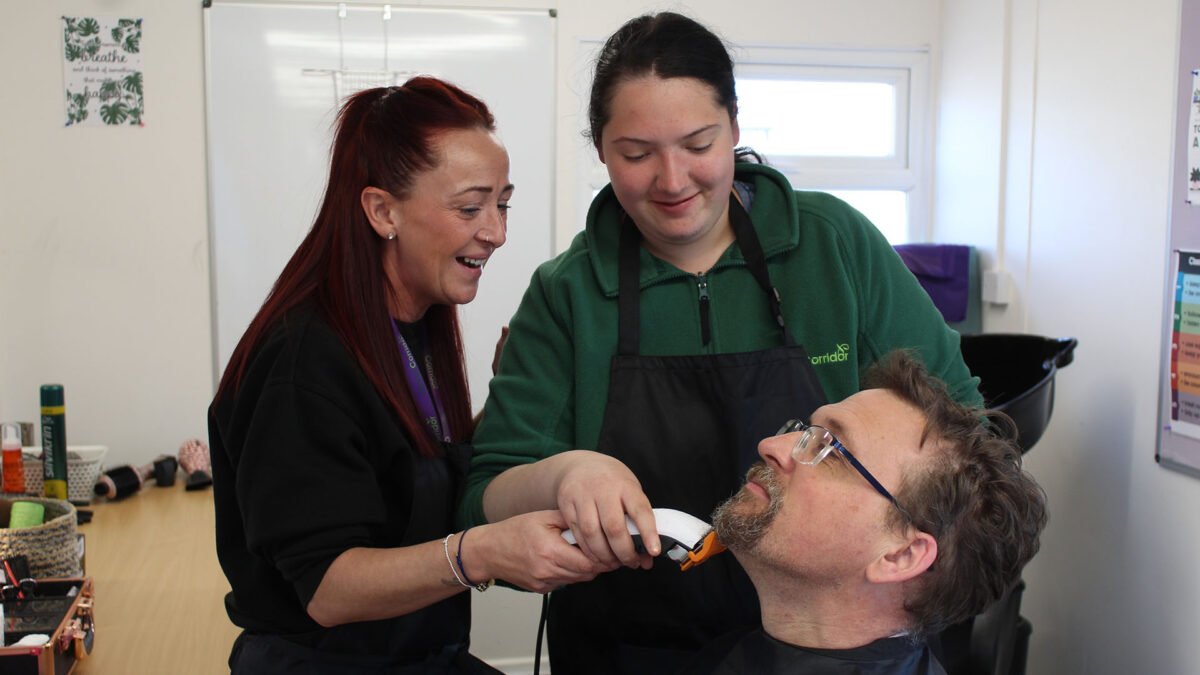Inequality in higher education is becoming entrenched

Key findings of HEPI’s Student Academic Experience Survey in 2023:
– more students are struggling with the cost of living and feel lonely
– student wellbeing has improved but remains worse than the rest of the population
HEPI’s first-ever Student Academic Experience Survey
What were you doing in 2006? Studying, working, in the same job as now, recovering, looking after someone, perhaps not-yet-born? That’s the year that the Higher Education Policy Institute (HEPI) ran its first-ever Student Academic Experience Survey (SAES), hot on the heels of the first ever National Student Survey (NSS) in 2005. The NSS differs from the SAES in that it surveys only higher education students in their final year of an undergraduate degree or other course whereas the SAES takes account of the views of students from all years of undergraduate and relevant courses.
While there is some overlap, the NSS, as its title suggests, is more about levels of satisfaction with what a university or college has provided whereas the SAES is more focused on the academic experience students are having, asking questions about the number of assignments students complete, perceptions about how long it takes academics to mark these assignments, student wellbeing and access to support services, and student perceptions of value for money.
There are of course many more surveys and reviews conducted by higher education providers themselves and also by other organizations, for example Advance HE, with whom HEPI partners on the SAES, and who themselves run student engagement surveys especially for post-graduate courses. Taken together, the student surveys provide valuable data for staff and students alike, helping organizations make improvements to their courses, supporting prospective students in choosing where to go to study and furnishing policy-makers with evidence for their broader decision-making.
Worrying statistics
Now in its seventeenth year, many of the questions have stayed the same throughout, enabling analysis of longitudinal trends. New questions are introduced from time to time to reflect current thinking. Student wellbeing questions, for example, were first introduced in 2014, and there is some good news on this theme in the 2023 results: after a nationwide slump during the pandemic years, student wellbeing scores have risen this year, but they do remain stubbornly lower than for the general population, so still an area of concern.
Another worrying statistic this year is that one quarter of all students feel lonely most of the time and that those studying for qualifications like Higher National Diplomas or Certificates, foundation degrees and apprenticeships feel lonelier than those completing bachelor or integrated masters’ degrees.
It will come as no surprise that fewer and fewer students – 42% this year compared with 53% last year and 58% two years ago – say that their maintenance loan or grant covers most of their living costs as loans and grants fail to keep up with inflation. This year, 14% of students stated that paid employment is their main source of funds. The data show that it is students from less affluent backgrounds who are most adversely affected by the rising cost-of-living and that non-binary students, and female students to a lesser but still significant extent, LGB+ and disabled students also rely disproportionately on maintenance loans as their main source of funds for their time at college.
Affects of the cost of living crisis for students
While many students are working more hours to cope with the rise in the cost of living, 7% of care-experienced students state that their living costs are mostly funded by bank loans compared with 3% of the whole population. The only silver lining here is that 18% of care-experienced students state that their living costs are mostly covered by scholarships, positive testimony for the organizations that have done stirling work in this area.
Relating cost-of-living to academic studies, three quarters of students said that their studies had been affected by the cost-of-living crisis and one quarter said their studies had been affected a lot, and again, it is marginalised and disadvantaged groups who are most affected which risks entrenching inequality through higher education rather than combatting it.
Student surveys
Student surveys have gained much more traction in the UK since most students have paid fees for their courses, but even in situations where students haven’t paid fees such as Scottish students attending Scottish universities, or who have paid much lower fees than the average, surveys have become the norm as part of accountability processes.
“The Student Academic Experience Survey tells us exactly what students are thinking at that moment in time as the world around them keeps changing. It’s always very topical.” – Dr Joan O’Mahony, Deputy Principal, Bloomsbury Institute London
Conclusion on SAES
The SAES is a fabulous way for individual institutions, and the education sector overall, to look at trends over time. Any higher education establishment can ask for its own data, looking at its own students’ perspectives over time as well as benchmarking against others. It will be very interesting to see the trends in the results of the SAES over the next seventeen years during which time we expect the number of UK students to increase dramatically, partly because so many people want to study at a higher level, a boon for the sector, but also because of demographic trends – there was a UK birth bulge in the first two decades of the twentieth-century meaning that as many as 350,000 more university places may be needed (the equivalent of fifty Universities of Manchester) by 2035. Can the higher education sector step up to that challenge?
By Lucy Haire and Rose Stephenson
FE News on the go…
Welcome to FE News on the go, the podcast that delivers exclusive articles from the world of further education straight to your ears.
We are experimenting with Artificial Intelligence to make our exclusive articles even more accessible while also automating the process for our team of project managers.
In each episode, our thought leaders and sector influencers will delve into the most pressing issues facing the FE sector, offering their insights and analysis on the latest news, trends, and developments.













Responses